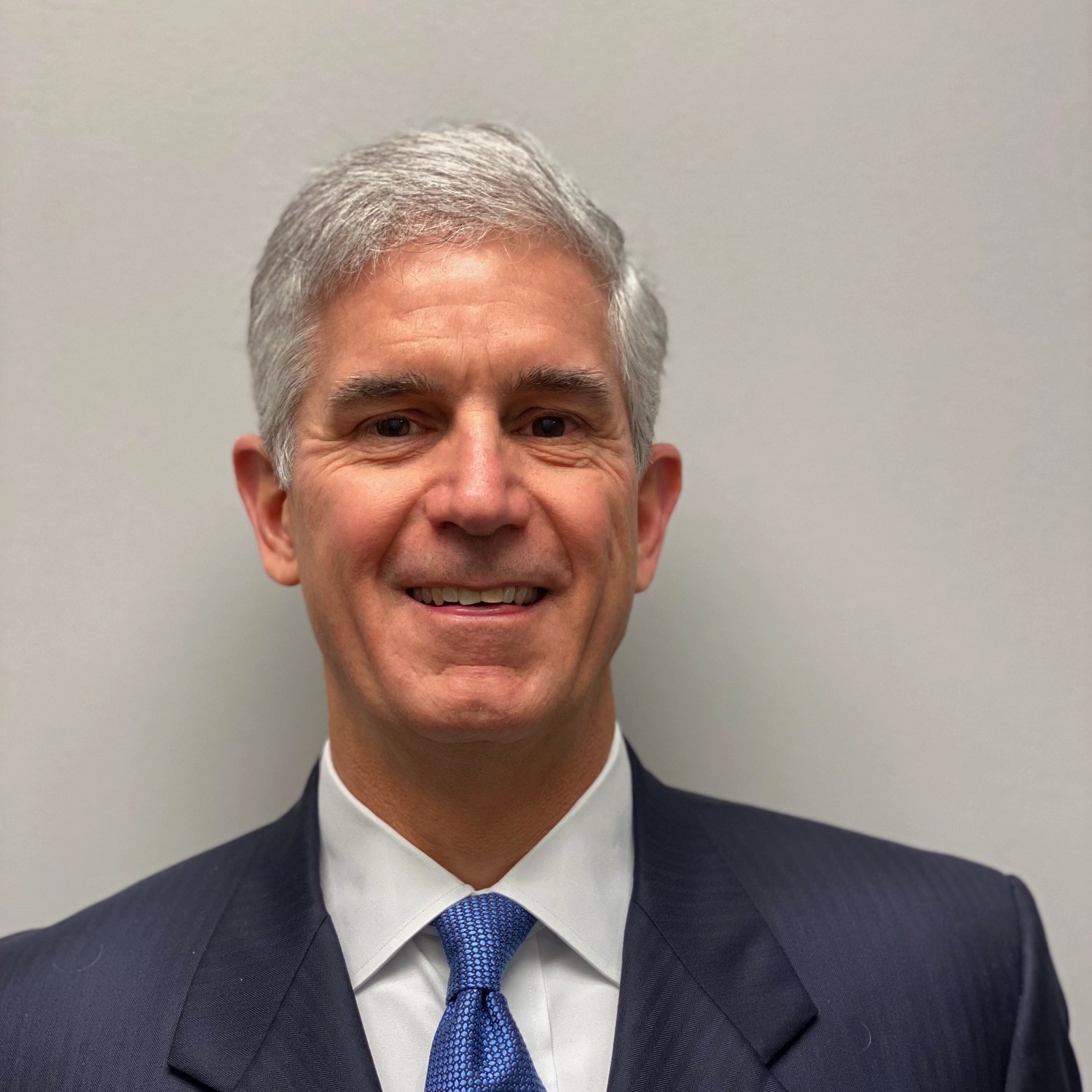What Will be the Legal Fate of the Napster Replacements?
Monday, April 22nd, 2002
Published in the Richmond Times-Dispatch
April 22, 2002
The recording industry used powerful United States copyright laws to bury Napster. Now Napster’s successors are facilitating the swapping of more music than Napster achieved at its high point. Will the recording industry succeed in using the law to kill these offspring?
The Death of Napster
To discuss the fate of later-generation music swapping services, you have to understand why Napster lost.
Napster was a centralized directory of the music files located on the hard drives of Napster users who were connected to the Internet. Napster created software that individuals could use to read the Napster directory, to list songs in it, and to download songs listed there.
Napster itself didn’t store music files. When an individual chose a song from the directory, the download occurred directly between the requesting computer and the computer holding the music file (a “peer-to-peer” transaction). Still, the central directory made the connection possible.
The Recording Industry Association of America attacked Napster successfully. The RIAA persuaded a federal court that Napster knew of the extensive use of Napster’s network to commit copyright infringement, and that it could have done something to stop it but didn’t until it was too late. This knowledge and failure to act stripped Napster of a shield, contained in the Digital Millennium Copyright Act, that protects online service providers from liability for the copyright infringement committed by its users. Without this shield, Napster had no serious defenses.
The Second Generation – Gnutella
Like Napster, the Gnutella network enables its users to download files directly from each other. While most folks use Gnutella to find music, it can swap many kinds of files.
Unlike Napster, no central directory exists. Instead, each user queries other computers on the Internet as to whether they have Gnutella software and whether they have files to share. This inquiry spreads across the Internet in a viral manner.
Various companies have acquired the Gnutella software and posted it for download under different names, such as Gnucleus, Bearshare, LimeWire and Morpheus. These systems all tap into the same network of Gnutella users.
Because no central directory exists, there is no central point to attack. Even if the recording industry could sue to death all of the present Gnutella download sites, two new ones probably would pop up for every one dispatched. As long as users have Gnutella software on their PC’s, the network exists.
This leaves the recording industry with two unsavory options. It could launch counter-technology to overwhelm the Gnutella network with download requests, or flood the network with bad files, or post harmful files to scare off users. Doing so could create lawsuits against the recording industry and potentially could damage computer systems.
Alternatively, the recording industry could sue people who download music illegally. Many believe that the music industry won’t sue its potential customers. But physical stores seek criminal prosecution for shoplifters. As CD sales continue to decline, the recording industry might become more aggressive.
The Third Generation — FastTrack
Gnutella has unsatisfying characteristics – file searches don’t reach extensively through its network, and downloads can be slow and often disconnect mid-stream. The third generation – FastTrack – attempts to overcome these problems by moving back partially to a centralized system.
Presently, FastTrack is available under two brands – KaZaA and Grokster. Morpheus was part of the FastTrack network until recently, when a licensing dispute caused it to convert to Gnutella.
The key function to FastTrack is a network of regional directories called “supernodes.”
Somehow, FastTrack designates some users’ PC’s as supernodes. When you submit a file query to the FastTrack network, your request asks the nearest supernodes whether they have what you seek, and these supernodes in turn query both the computers within their domain and other supernodes. Thus, a search for a file reaches farther through the network.
In addition, FastTrack enables users to download the same file from multiple sources and to resume failed downloads.
But has this move back toward centralization made FastTrack vulnerable to the legal attack that decked Napster? Perhaps not, because FastTrack might be beyond the effective reach of U.S. law.
Grokster is based on the island of Nevis in the West Indies. (Ironically, America’s most entrepreneurial founding father, Alexander Hamilton, was born on Nevis.) KaZaA operates in Australia. If the legal heat rises in these places, these networks could move to any third-world outpost.
If the RIAA somehow can make the result of U.S. litigation stick against FastTrack, it might win. Even if KaZaA and Grokster don’t maintain a central directory of postings, presumably they could use the FastTrack software to find the Internet Protocol address of users posting obviously copyrighted songs (every computer connected to the Internet has a unique IP address). If they can identify those using their networks for infringement, even if only by IP addresses, and don’t take action to cut them off, then they are acting in the way that lead to Napster’s legal demise.
By John B. Farmer
© 2002 Leading-Edge Law Group, PLC. All rights reserved.




